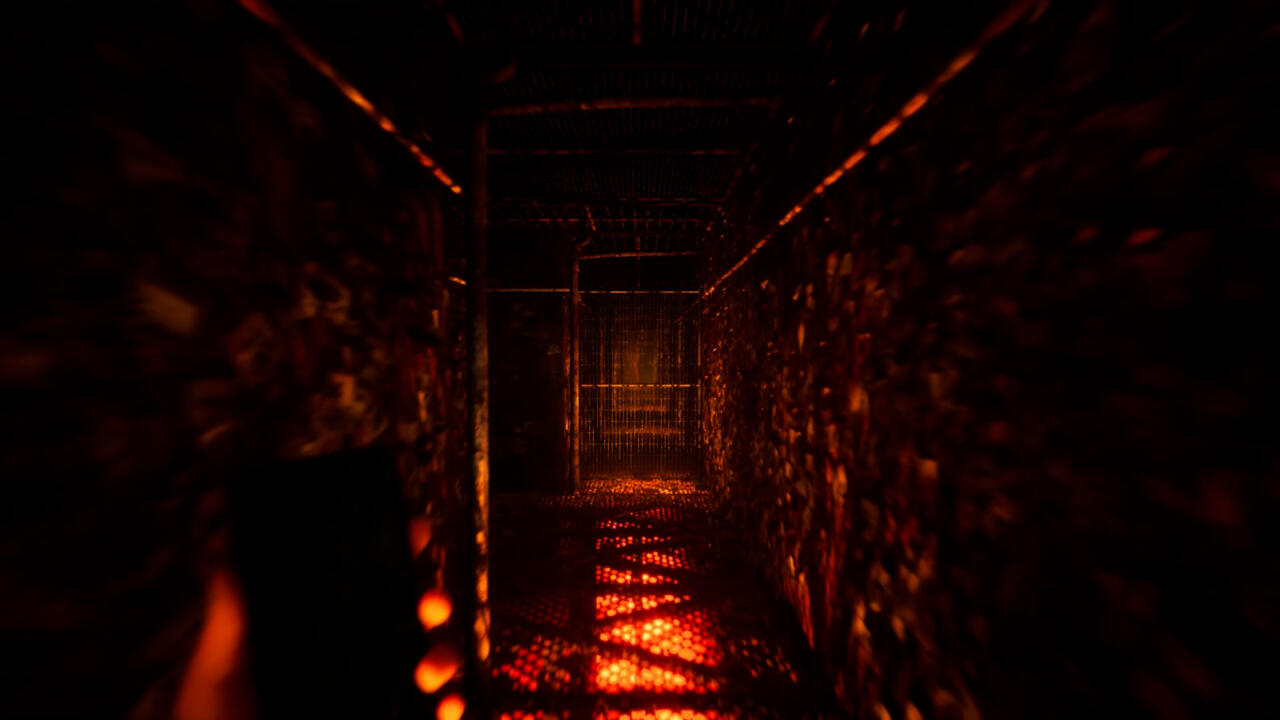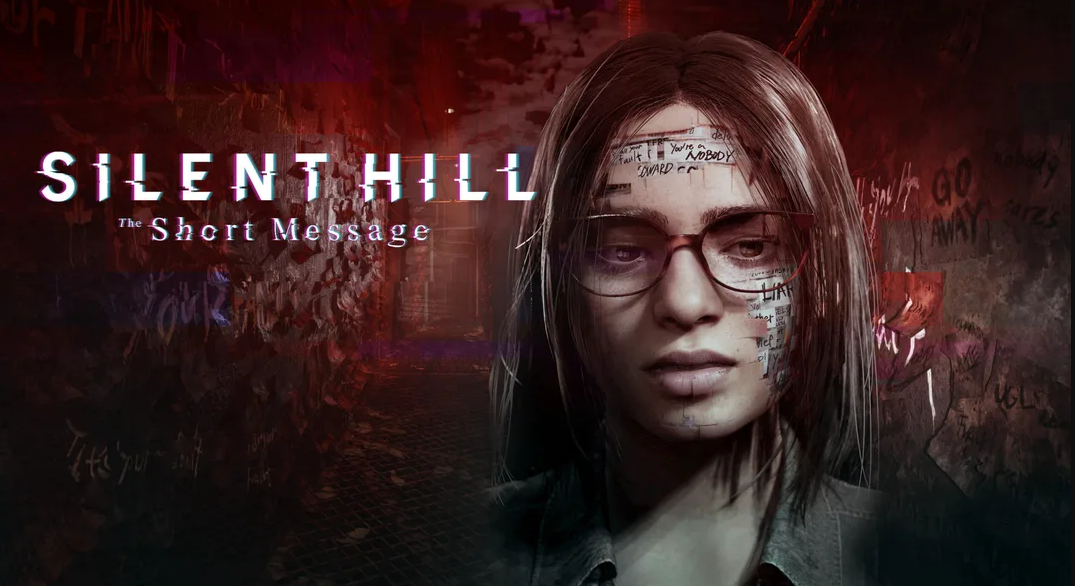Content warning: This review discusses Silent Hill: The Short Message’s story, which includes references to self-harm.
As a lifelong horror fan and longtime horror critic, I didn’t expect to review a free Silent Hill game that launched, PT-style, just a few minutes after it was revealed. And I certainly didn’t expect it to be as forgettable as it is. After more than a decade away from consoles, Silent Hill: The Short Message revives the series as the first of several games over the next few years. I sincerely hope future installments in the franchise can rekindle the long-absent magic because The Short Message doesn’t do that. In more ways than one, it’s not the playable teaser Silent Hill fans hoped for.
Silent Hill: The Short Message is a first-person horror game built on the idea of a time loop in which its tormented main character is trapped. If that sounds familiar, wait until you play it. The game is blatantly inspired by PT (or “Playable Teaser”), Hideo Kojima’s guerrilla demo for the never-released Silent Hill title he was once working on. The Short Message is not Konami running back PT’s story without its director. It’s a brand-new entry into the series meant to be something of a jumping-on point for players uninitiated with the previously hibernating horror series. It’s neither tied to any past entry, nor a teaser for a future installment.
Clocking in at about 90 minutes, its time commitment is brief, its financial commitment is non-existent, and yet I still can’t recommend it because it winds up feeling like a caricature of itself and may only sour–or sour further–one’s memories of what was, for a time, the genre’s best series.
The Short Message doesn’t take place in Silent Hill, but it explains why that is and tries to tell a story that checks all the usual boxes. Main character playing the role of an unreliable narrator? Check. Horrors that are heightened whenever that character descends into the supernatural Otherworld? Yup. A twist that recontextualizes everything you’ve seen before it? Of course. These could be seen as non-negotiable elements of any game sporting the Silent Hill name, but the formula felt fresh in Silent Hill 2, was still enjoyable in Silent Hill Homecoming, and was obvious–but not, I suppose, game-ruining–in Silent Hill Downpour. In The Short Message, however, it just feels played out, like it’s writing a book report using only the Spark Notes, understanding Silent Hill to be a metaphysical prison for a tortured wrongdoer, and taking the shortest possible path to tell that story.
Referring to an in-universe worldwide occurrence coined “The Silent Hill Phenomenon,” the game explains that places of despair have been known to be enveloped in fog before things get even worse. Basically, the game suggests, you can have a Silent Hill anywhere, even in the strange German town full of Japanese teens where the game is set. It feels like a silly addition to the lore when, previously, Silent Hill has never really been considered as being in the same physical place anyway. Silent Hill wasn’t exactly a town so much as a vibe, but The Short Message confuses that approach, or perhaps deliberately reimagines it for the worse.
These superficial details of what Silent Hill has been and, as I infer it, “should be,” are worsened by a script that lacks subtext or subtlety to a groan-inducing degree. Characters speak their mind with such precision that they leave nothing unsaid, ever. As the player, there’s no room to misunderstand, to ponder a character’s intentions, or to be misdirected in any way other than the one way it does try to, which is likely the obvious one you’ll see coming after only a few minutes in the game.
The Short Message does seek meaningfulness in its narrative, telling a dark story about self-harm, bullying, and a condemned building suffering from habitual suicides among young girls. There’s a kernel of something worth exploring there, but it has to be done deftly. Rather than paint in vibrant colors to create something poignant that both spooks its audience and carries its intended message to the finish line, the game feels like a firehose with two settings: platitudes and nonsense.
With frequent frame-rate drops that see the game endlessly floating between 40 and 60 frames per second, the game also feels suboptimal on a technical level. Given the strictly linear approach and the limited environments or effects, it strikes me as odd that the game can’t maintain consistent performance.
But playing it isn’t just a technical eyesore. It’s an all-too-familiar haunted house story that takes the seeds of PT but bears only rotten fruit. In fact, The Short Message is indistinguishable from the decade of PT-likes that have crowded Steam and other platforms since Kojima’s top-secret demo hit PS4. It’s actually worse than some of the many others I’ve played given how it retreads so much familiar territory but to a less impressive degree.
For example, environments can morph in the instant you turn away from them, meant to provide the game with a sense of disorientation a la Layers of Fear. But whereas that game enhanced this feature with phantasmagoric Dorian Gray-inspired displays, where up was down and its setting virtually came to life around the player, The Short Message tends to merely swap one hallway for another. Virtually the entire portion of the game that takes place outside of the Otherworld exists in decrepit hallways full of graffiti where every corridor looks the same. Occasional live-action scenes only re-color the monotony due to how every scene staged with real people unfolds in the same featureless white space.
The Short Message also uses disembodied voices to recall memories you’ll unlock by picking up notes and other clues during the story. Though this is pretty standard video game fare, I still think it can be done well, such as with the Amnesia series. But the quality of both the writing and acting can sometimes make these moments in The Short Message inadvertently comical, such as when I interacted with a pizza and was scolded by the memory of a frustrated mother.
PT-likes seldom hide their influences, choosing instead to lean into them to try to catch fire the way PT did, but in the case of The Short Message, the story and gameplay both leave it in a decidedly worse place than other copycats. It offers the broad strokes of PT–a time loop, a haunting, some claustrophobic hallways, and even a baby in mortal danger–but none of the dizzying terror.
Just as it misunderstands what made PT special, and what made so many games trying to fill that void subsequently forgettable, The Short Message seems not to understand Silent Hill’s own well-established successes. In the formerly iconic Otherworld, you’ll flee an unkillable monster with no means to defend yourself other than your ability to sprint. This applies a modern horror game trope to a series that once proudly invented the foundation for many games to come, and in turn hurries players through what has often been the series’ best aspect. Not only can you not explore much of the Otherworld, which in past games has helped create a dire mood befitting of the genre, but you can’t even stop running. The monster is always chasing you in these scenes until you clear an invisible threshold, escape, and kick off the next cutscene.

Even if that’s how it’s going to be, I’m not tired of the horror genre’s monster chases when they’re done well, but The Short Message fails to do so. These sequences are common in the game and quickly grow tiring given how they tend to have one right path and several wrong paths, leading to many trial-and-error failures with checkpoints that send players back to start.
While at first I found these moments elicited a bit of tension in me the way an effective horror game should, I soon succumbed to frustration every time the hallways would turn into the burnt-orange Otherworld, because I knew it meant more guesswork with severe penalties laid ahead. The harsh industrial music arranged by series legend Akira Yamaoka and a sincerely creepy monster draped in cherry blossoms, designed by the similarly lauded Masahiro Ito, are the game’s only bright spots and help make these otherwise frustrating sections a little more memorable.
Still, a new Silent Hill needs to be more than a soundtrack and a cool monster. The series’ best efforts come with unforgettable stories that feel as though they operate on mystifying dream logic that lead players to question what they’re seeing at every turn. The Short Message is desperate to be understood and devoid of novelty, leaving no room for interpretation, no sense of lingering mystery, and no strong impression for anyone who may be playing a Silent Hill game for the first time. Its unintended short message ends up feeling unfortunately obvious: Do not download.
